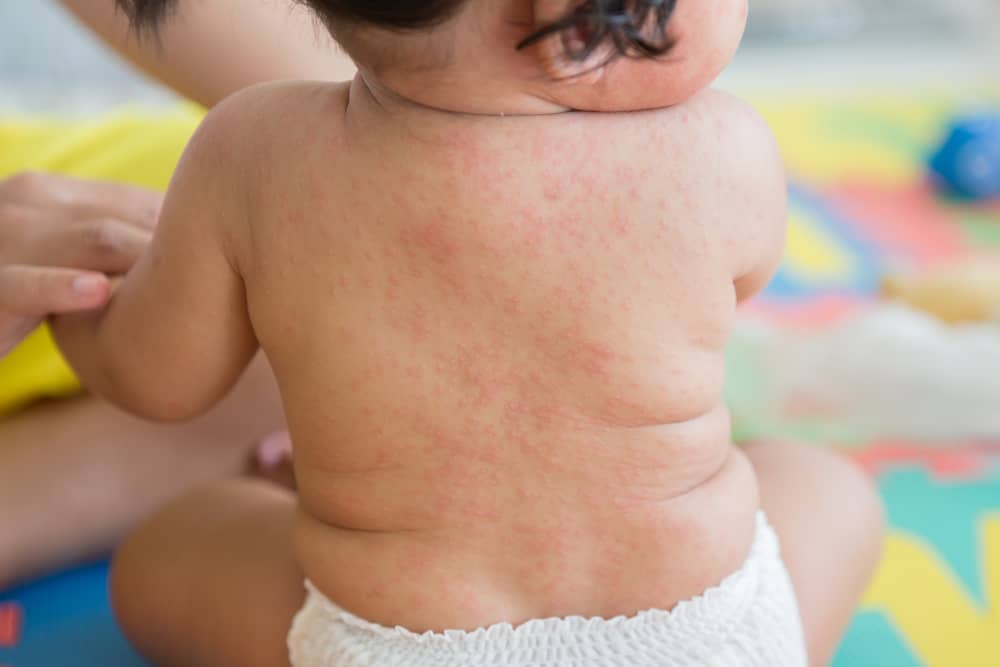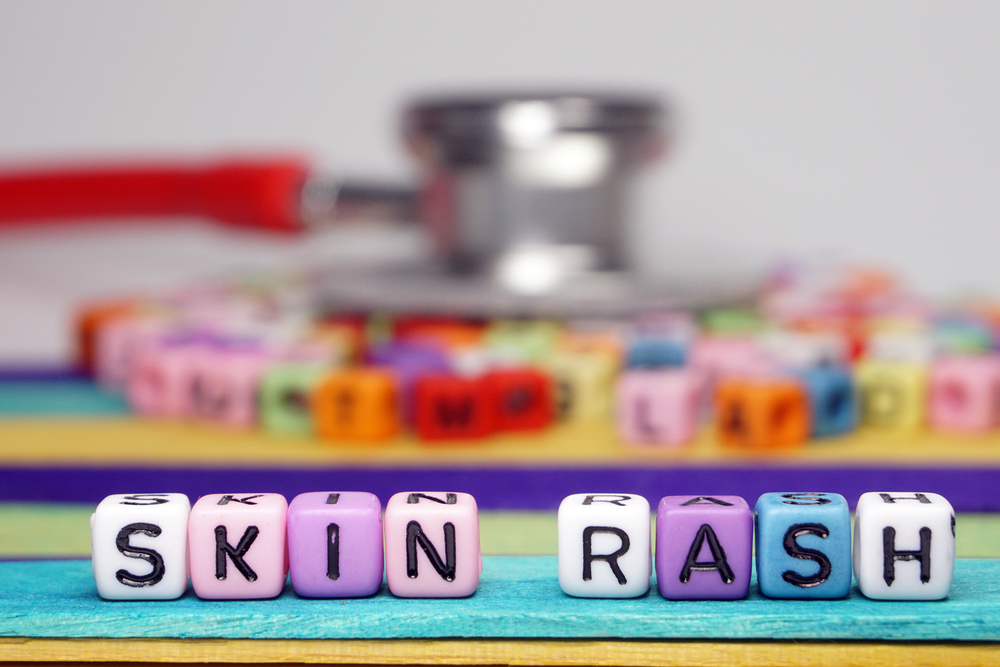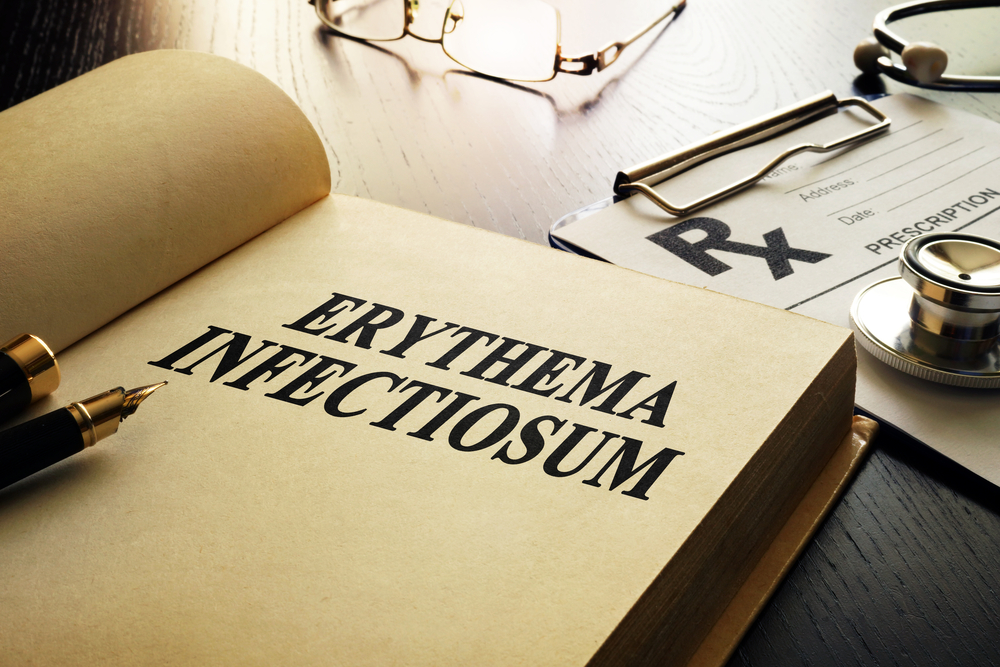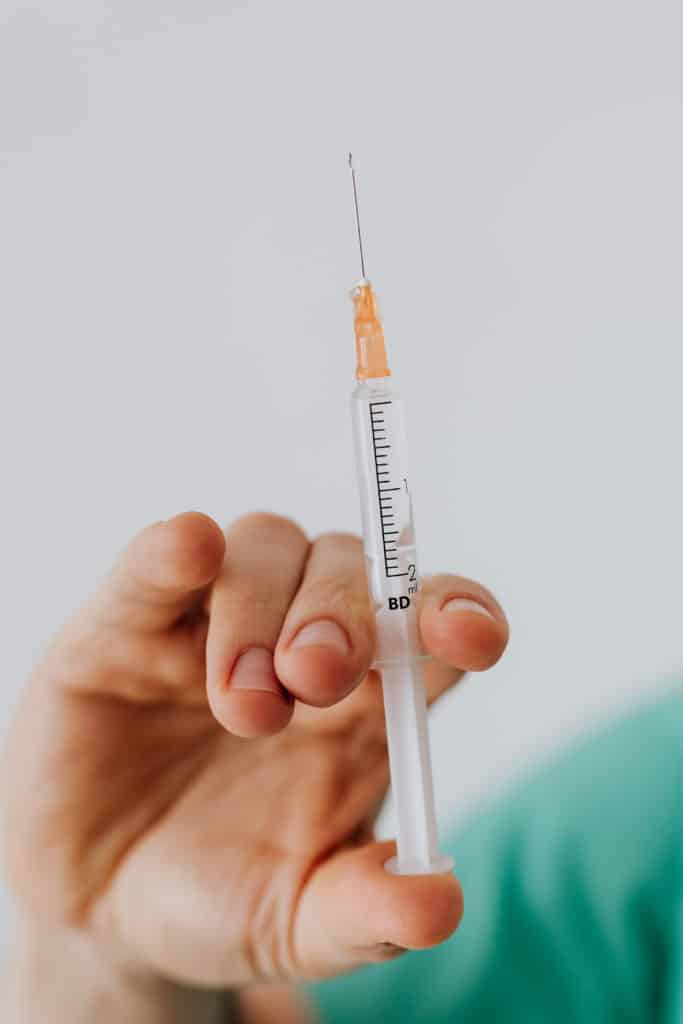A healthy baby’s skin is always a beauty to behold. Although it is often smooth, pink, and warm, it is also very sensitive. Therefore, it is really easy to notice the presence of a flu rash or other skin infections in babies.
As you’d discover later in this post, a viral agent causes the flu which leads to a common rash in babies.
Of course, this isn’t difficult to digest.
The reason is simple: Babies are still developing, and as a result, their immune systems aren’t strong enough to ward off infections like the flu rash.
As you read on, you’d discover what a flu rash is; the causes, the treatment options, and reliable prevention tips.
Table of contents
What’s a Flu Rash?
A flu rash occurs after an infection with a viral disease. This can cause pinkish or reddish spots over some parts of the body like the chest and the back. Most times, it doesn’t itch.

On the other hand, a rash may not always be due to a viral infection. Sometimes, a rash may occur due to bacterial, fungal, or yeast infection. In addition, a flu rash can also lead to an allergic reaction or diaper rash in babies.
Furthermore, a flu rash is not limited to one side of the body; it can be seen on both the right side and the left side. It also occurs with or after some flu symptoms like fever, cough, or runny nose.
Causes of Flu Rash
Many viruses can cause a flu rash, but some of these viruses are no longer common due to the widespread use of vaccinations. Some examples that fall into this group include:
- Measles
- Rubella virus
- Chickenpox.
Therefore, unvaccinated people or babies face a greater risk of getting infected.
Some of the causal organisms are:
1. Roseola Infantum
Roseola infantum is also called the sixth disease.
It is a common childhood virus caused by the human herpes virus 6. This virus can be passed from one child to another through coughing, sneezing, and saliva.
Some children with this viral infection can have high fever alone, while others may come down with other classic symptoms like:
- Cough
- Runny nose
- Reduction or loss of appetite
- Diarrhea
- Irritability
- Conjunctivitis, which is also known as a pink eye
The symptoms of a roseola infantum often go away by the sixth or seventh day of the illness. Interestingly, it is after this that the rash suddenly appears.
The roseola rash consists of:
- Small pinkish spots, usually about 2 -5 mm wide
- A slightly raised or flat spot
- A rash that usually starts at the trunk and then spreads to the neck, face and the arms
- Any rash that does not hurt or itch
- A rash that disappears when pressed. This is known as blanching
- A rash that fades away after 1 -2 days
The symptoms of a roseola infection may not appear until about 1 – 2 weeks after infection. This is because the incubation time (this is the time it takes for the symptoms of a disease to appear after infection) for roseola is about 7 -14 days.
Studies have shown that few children with roseola may also experience febrile seizures as a result of the high fever. A febrile seizure can lead to loss of consciousness or twitching movements in the baby. If this happens, you need to stay calm and remember that your child will be fine.
In fact, the seizure will usually last for less than 5 minutes. Furthermore, you should also not worry so much about the long-term effect of the seizure; there is really no evidence that the seizures will cause permanent damage to the brain.

Nevertheless, if you are scared or concerned about your child’s health, please contact your pediatrician.
2. Hand, foot, and mouth disease
Hand, foot, and mouth disease (HFMD) is a viral disease that is typically caused by the Coxsackie virus A. It mostly affects children that are less than 5 years old, although it can affect adults, too. It can be transmitted from one child to another through coughing, sneezing, body fluids like saliva, fluid from blisters, and poop.
HFMD often begins as a fever. However, it can also cause sore throat, reduction or loss of appetite, and malaise. About 1 – 2 days after these symptoms have started, a rash may appear. Cardinal signs of HFMD include:
- Painful sores at the back of the mouth
- Flat and reddish spots on the palms of the hands or the soles of the feet
- Flat and reddish spots on the buttocks
(These spots can sometimes develop into painful blisters).
3. Erythema infectiosum
This is commonly referred to as the fifth disease.
It is a viral infection that occurs commonly in toddlers. The causative organism of this infection is the parvovirus B19. This disease is communicable and spreads through coughing and sneezing.

Symptoms of erythema infectiosum are similar to other viral diseases and they include:
- Fever
- Runny nose
- Headache
A child with the fifth disease would have a kind of rash that makes the cheeks appear red. The rash may also appear on the trunk, arms, legs, or even the buttocks. Sadly, this rash may cause itching of the skin and forms a lacy pattern as it begins to fade. The fifth disease can stay for several weeks before it finally clears off.
Treatment Options for a Flu Rash
Of course, we understand that you want to do all you can to ensure that your baby is fine. However, it is important to note that antibiotics don’t work against roseola and other viral diseases. Nevertheless, you can give your child fever-reducing drugs, prescribed by a doctor, to relieve the symptoms.
Most times, a flu rash will resolve on its own.
If it doesn’t, you can:
- Administer a pain medication recommended by your doctor.
- If there’s no fever, you can bathe your child with cool or lukewarm water.
- Avoid scrubbing his/her skin during baths to prevent further irritation of the rash.
- Dress your child in loose-fitting clothes to allow proper aeration.
- Give your child plenty of fluids to drink.
- Encourage your child to rest well
Preventing a flu rash
You can prevent a flu rash by:
- Vaccinating your baby against viral infections like measles, rubella, and chickenpox.
- Maintaining very good hygiene in the home. For this, we recommend making proper handwashing a culture in your family.

In addition, you may also consider the following tips:
- Avoid close contact with infected babies.
- Avoid kissing children on the mouth.
Conclusion
Flu rash is contagious.
You can care for your child’s health by ensuring they are vaccinated and also maintain good hygiene. You can also stop the spread and protect other children from an infection by keeping your child away from school until the rash resolves.
It is also very important to you seek proper medical advice for the best care for your child. We are always here to help you. Read our other article on how to recognize RSV in babies and zika virus
References
Danita M Skowronski, Catharine Chambers, William Osei, Jill Walker, Martin Petric, Monika Naus, Yan Li, and Mel Krajdena (2015). Case series of rash associated with influenza B in school children. Influenza Other Respir Viruses. 2015 Jan; 9(1): 32–37.
Andrew Fretzayas, Maria Moustaki, Doxa Kotzia, and Polyxeni Nicolaidou (2011). Rash, an uncommon but existing feature of H1N1 influenza among children. Influenza Other Respir Viruses. 2011 Jul; 5(4): 223–224.

